For anyone fascinated with mechanisms and moving parts, watching heavy machinery work can be mesmerizing. The modern marvels of industry surely showcase some of the greatest advancements in human history, and one of the big players in heavy equipment today is Volvo. The Swedish neighbor shares similar values with LEGO, and that’s why it makes perfect sense that they would pair together to bring some of Volvo’s latest hybrid earth-movers to the Technic line. We’ve already covered the LEGO Technic 42209 Wheel Loader , but the other sets in the series all seem to be the lead-up for the biggest yet. Enter the LEGO Technic 42215 Volvo EC500 Hybrid Excavator. This 2359-piece motorized model will be available starting August 1st, retailing for US $429.99 | CAN $499.99 | UK £349.99. Join us as we unearth whether it’s worth its price tag.
The LEGO Group provided The Brothers Brick with an early copy of this set for review. Providing TBB with products for review guarantees neither coverage nor positive reviews.
Unboxing the parts, instructions, and sticker sheet
This kit comes in a roughly square box, with a seemingly rare black accent strip. As usual, the front features the primary configuration, while the back features the alternate and the model from behind. It also includes inset images of the specs and play features. A graphic in the corner indicates that this is a motorized model.
Inside are paper bags numbered 1-16, as well as an unnumbered plastic polybag with larger beams, frames and actuators. Finally, we have the bucket, linear motor, and the Technic Powered Up hub.
In their own cardboard sleeve are the two instruction manuals and the stickers. The images on the fronts of the manuals seem to indicate that one covers one configuration of the model while the other covers the alternate. However, this is not the case, and it’s generally broken in half. The stickers are not nearly as numerous as the F1 supercars, but there are still quite a few. I’d say it wasn’t a big deal (in terms of time spent applying them), but unfortunately my sheet was not fully die-cut, so a few of the stickers had to be very carefully extracted from the sheet.
As is customary with large adult-oriented sets, the beginning of the first book provides some background on the model and the partnership with Volvo. Prominently displayed right at the beginning is a side-by-side comparison of the real thing and the LEGO version. There are clearly obvious differences, but nothing unexpected given the constraints of the medium.
The build
We kick the model off from the ground up, starting with the sturdy base and treads. Each of the densely-built track frames is covered by 45 treads. These treads are clearly a slightly different material from some of the other treads out there, being both a tad softer and less shiny. In the center of the base (undercarriage) sits a giant turntable gear so the top can swivel 360 degrees around the central pivot.
With our base established, it’s now time to load this baby up with a plethora of gears. Many of them are mounted to a multicolored wall made out of Technic beams. The multicolored nature of it makes it far easier to see where you’re supposed to be placing each piece.
Included in the model are four linear actuators, three large and one small. These heavy-duty, self-contained worm screws serve as both a focal point and the means of operation (mock hydraulic cylinders) for the boom and arm.
Two of the large actuators make up the base of the boom. A series of gears allows them to be adjusted at the same time and rate.
Shifting (pun not intended) our attention to the back, we work on the shifting mechanism. Instead of shifting gears for speed, we’re shifting gears to deliver motorized movement to different parts of the model. On the top, a bank of clutch gears await their orders, and below them are different clutch gears designed to slip in the event of jamming, saving your motor from burning up.
Just beyond that bank of gears, another grouping is tacked onto the back. These gears have different ratios, allowing for different appropriate speeds of the moving parts.
With that, the “guts” of the superstructure are mostly complete. It’s down to adding the boom and arm, and the pretty exterior. But first, we add a topper with a selector and much-needed labeling. We also connect the motor and battery.
The motor itself is easily removeable to change the batteries.
Moving on to the boom/arm, let’s start with the chunky lower boom. Inside, universal joints and longer axles help transfer the movement all the way up through the arm. Our third actuator makes its way onto the model here as well.
This is attached via a nifty little assembly that supports a lot of things all at once. Small turntables help support the weight of the boom and arm, while gears deliver movement to the various cylinders. CV joints also help with transfer of movement from the main bank of gears to the boom.
One of the small highlights of this model are these new little triangular connectors. A handful are included in both black and yellow. It’s kind of amazing that they’re just now entering LEGO’s catalogue of parts, but they are certainly a welcome addition that I can’t wait to see used in other models.
With the help of these nifty new pieces, we both provide support as well as create the distinct look of the Volvo color scheme. While we’re at it, we also add the driver’s cockpit, complete with turquoise seat, as well as doors for both the cockpit and on/off switch.
Next up, a plethora of orange bars, rigid hose, and connectors are used to create railings covering the top of the superstructure.
A thick, sturdy, removeable panel covers up the wires in the back and polishes off the body.
Moving right along, we return our attention to the arm of the excavator. This starts with our final actuator, as well as some crafty mechanical work to transfer movement from end to end.
At the end of the arm, an assembly that holds the attachments terminates the mechanism. Stabilized by a rubber band, pinching allows you to attach or remove the bucket and jackhammer, while another part of the mechanism allows you to lock it in place. I’m not particularly fond of the locking feature. It seems somewhat unnecessary, and it’s the easiest of the mechanisms to accidentally push to the point of grinding. I think, if there was a possibility, the “slot” in the whole setup dedicated to this would be better served by motorizing the jackhammer.
But I digress! Finally, we install the giant bucket, and the main model is complete.
As already mentioned, our alternate tool is a jackhammer. A rubber band and a manual mechanism allow us to recreate the reciprocal hammering movement. This is another feature that I’m not completely fond of. When everything else (other than driving) is motorized, this feels off.
In addition, the motion is achieved with a beam that, when turned, pushes the hammer forward while the rubber band draws it back, but the beam is so small that the motion is tiny and almost too fast for how tiny it is.
But it looks decent enough, and at least it does something at all. With its shell covering the mechanism, we can now easily swap back and forth between the two attachments.
The completed model
With the installation of the final features, we have a model ready for some serious LEGO groundwork and demolition. The excavator has an imposing heftiness to it that just feels right. Pictures may not do it justice, but in real life it is clearly more than a child’s toy.
The model freely spins around and has multiple moving components that allow the boom and arm to bend like the real thing. Well… kind of. Unlike pneumatic (hydraulic) cylinders, these actuators move incredibly slow. It takes roughly four minutes to raise and lower the boom and arm! The following GIF is sped up 10X!
Conclusions and recommendations
In terms of overall presence and face-value play features, this model packs a punch. It looks cool and delivers a fun and interesting build experience. On the other hand, it definitely has its faults. Making the excavator remote-control drivable would certainly give it the “wow” factor. I suppose there is room to accomplish this yourself if you want to. However, even in terms of the features it does have, the mechanisms move so slow that they’re almost tiresome and they sound horrible when you extend or retract the actuators too far. Even with the slip clutch gears intended to take the abuse, the grinding is a bit jarring, and would greatly benefit from some kind of differential. I believe things like this shouldn’t be an issue in a model of this caliber.
I’m trying to decide how I feel weighing the pros and cons. This is a bit of a tough one. I want to recommend it on the build experience alone, which was entertaining, somewhat challenging, and even educational. But I can’t fully give it a thumbs up on play features. In theory, they’re great, but in practice, they fall a little short. At $430, I think LEGO can do better.
LEGO Technic 42215 Volvo EC500 Hybrid Excavator will be available starting August 1st, retailing for US $429.99 | CAN $499.99 | UK £349.99. You may also be able to find it from third party retailers on Amazon and eBay.
The LEGO Group provided The Brothers Brick with an early copy of this set for review. Providing TBB with products for review guarantees neither coverage nor positive reviews.
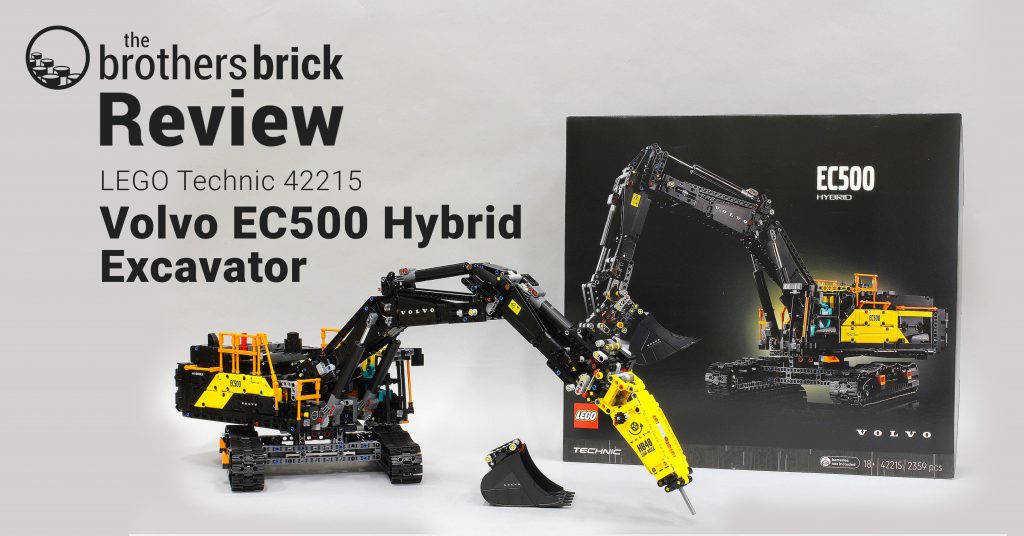
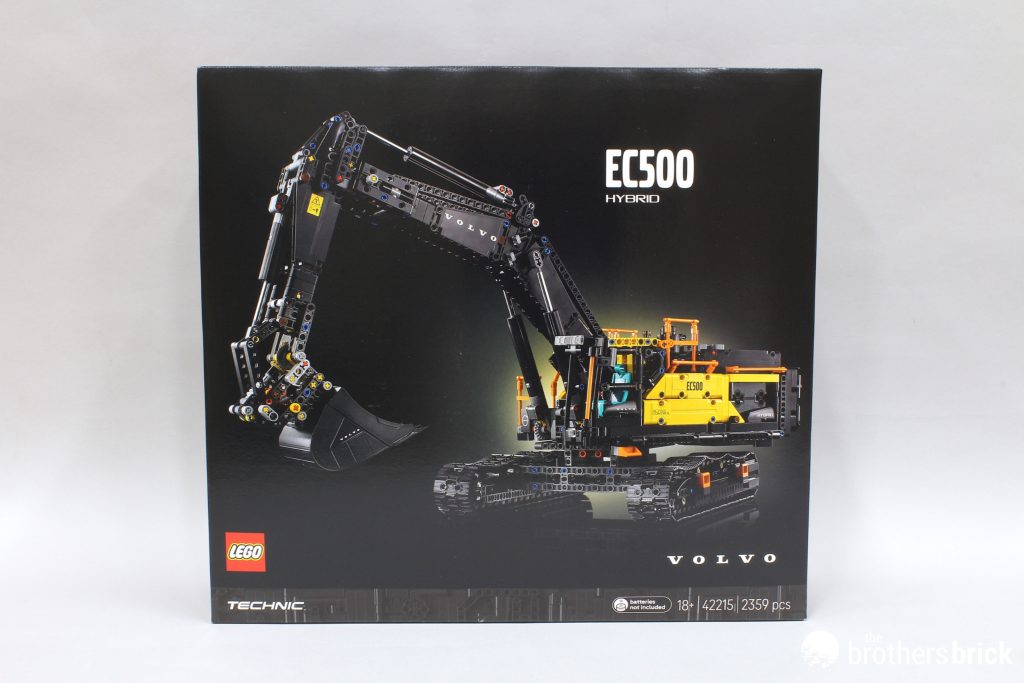
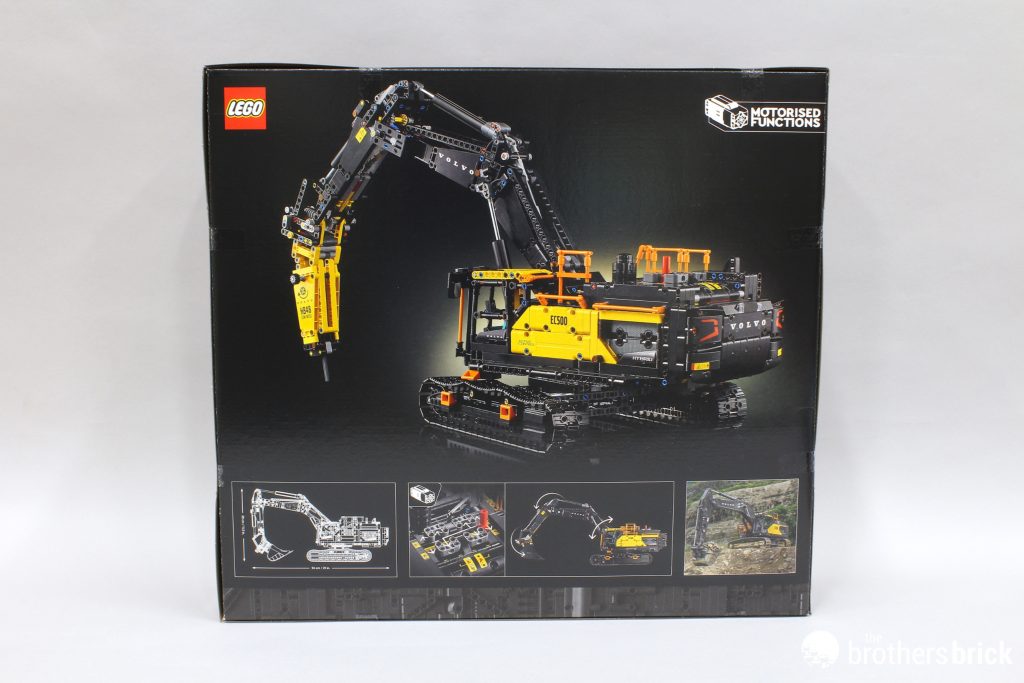
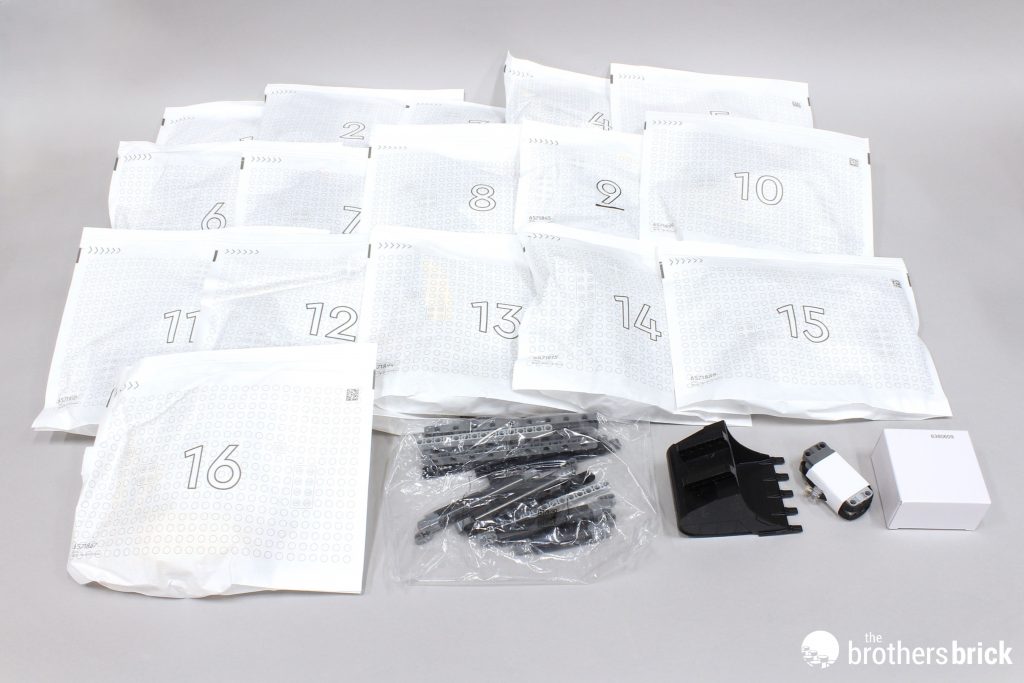
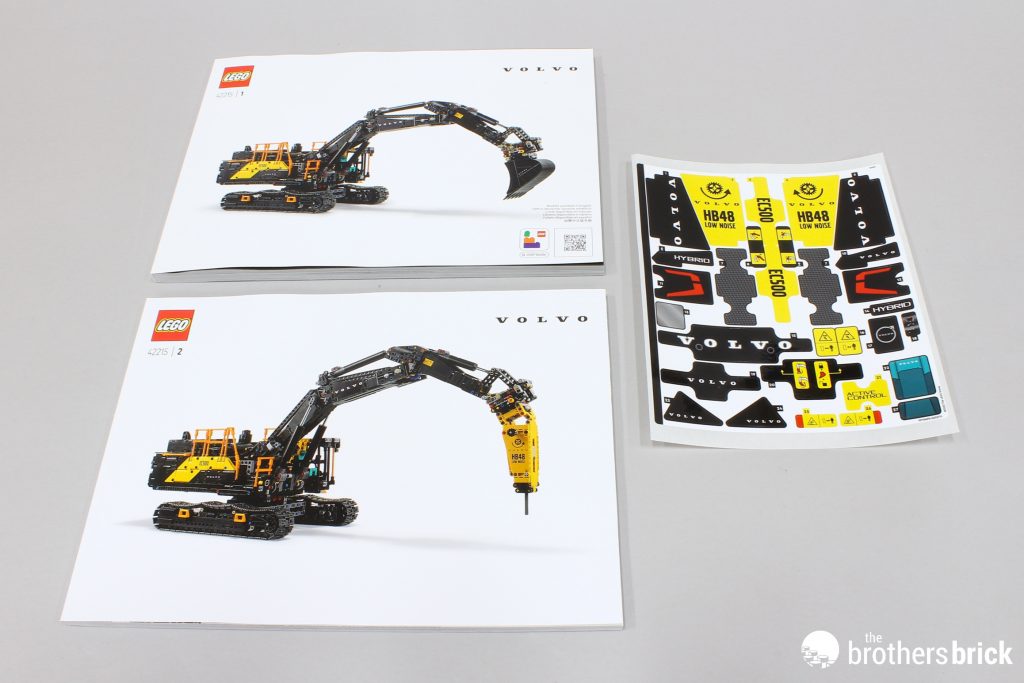
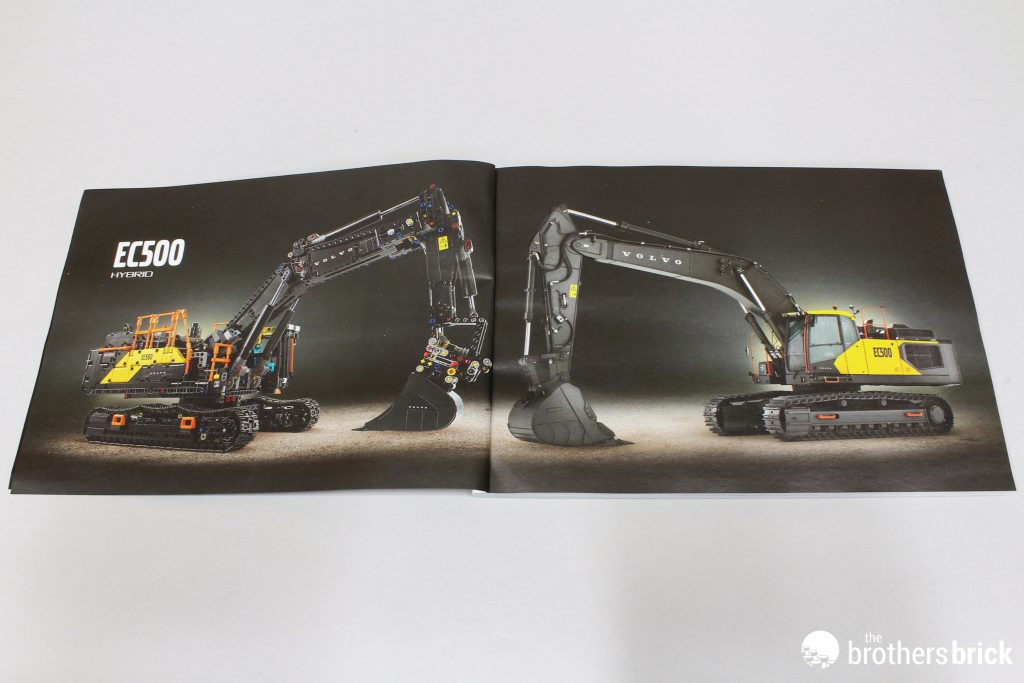



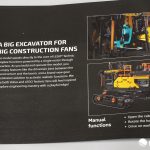
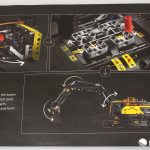
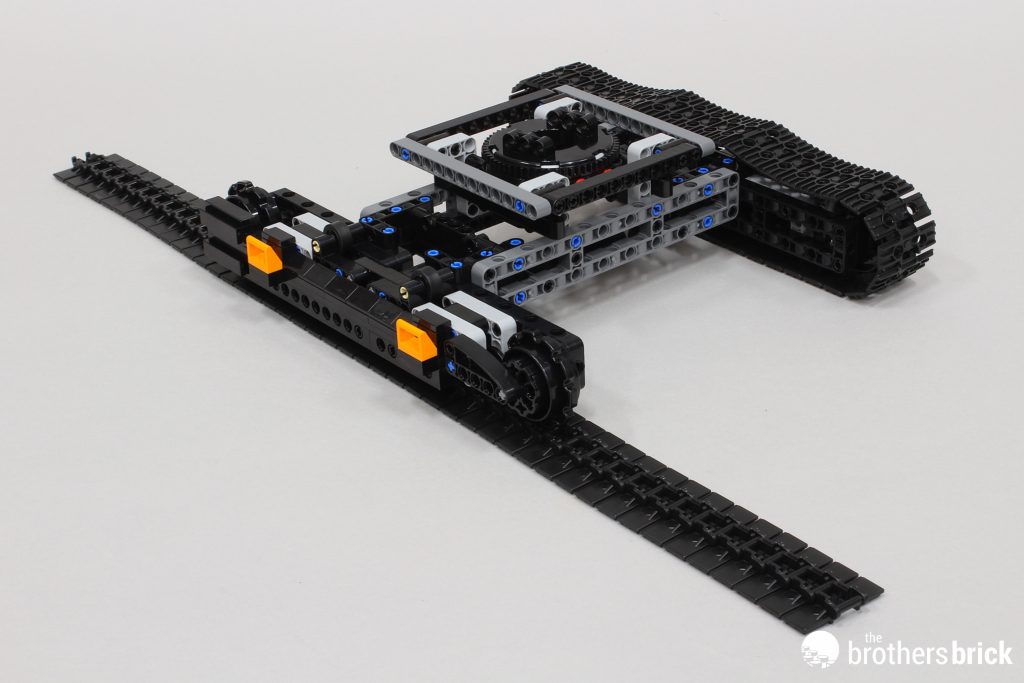

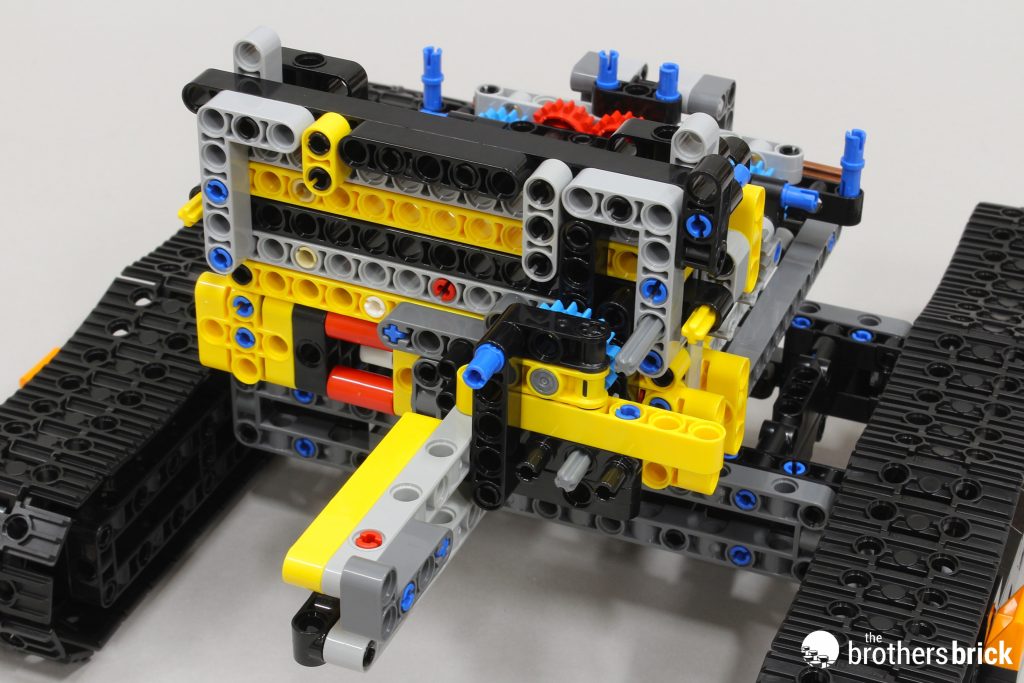
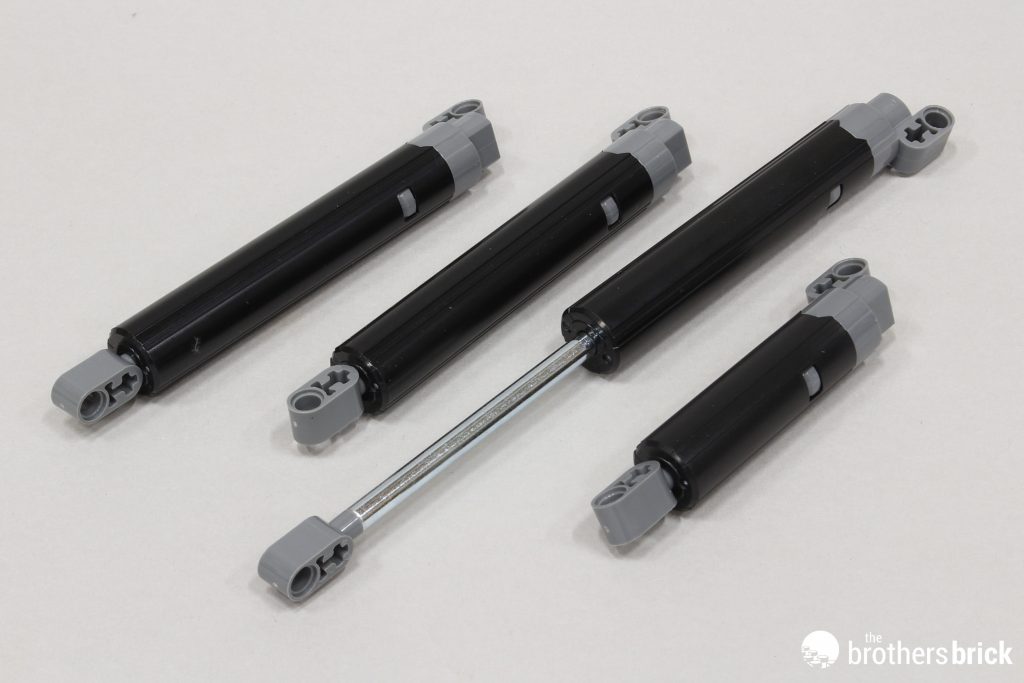
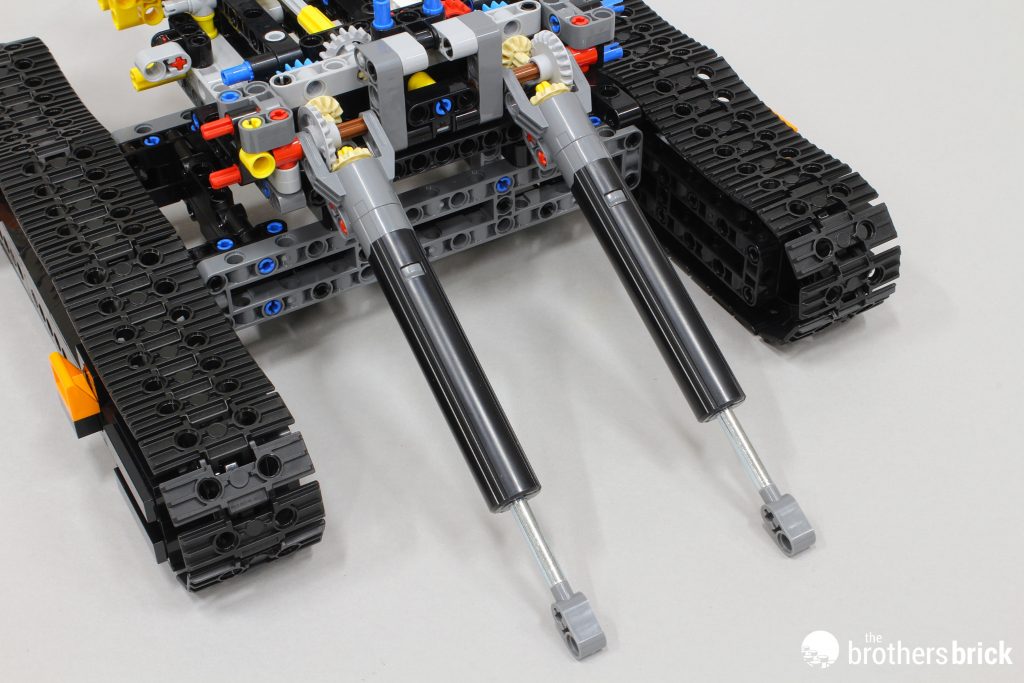
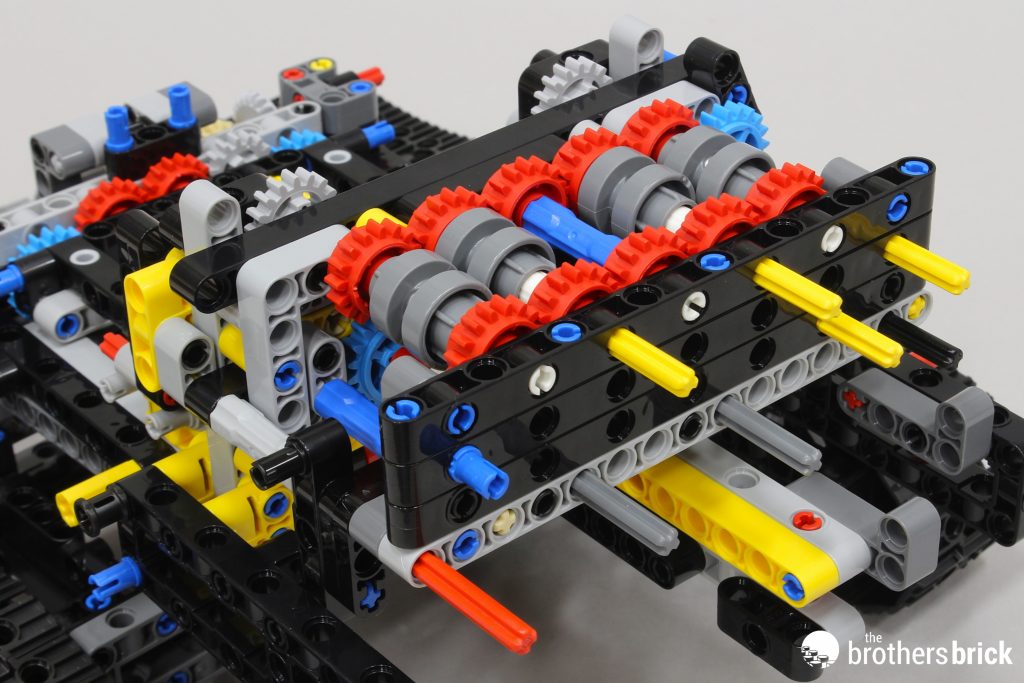
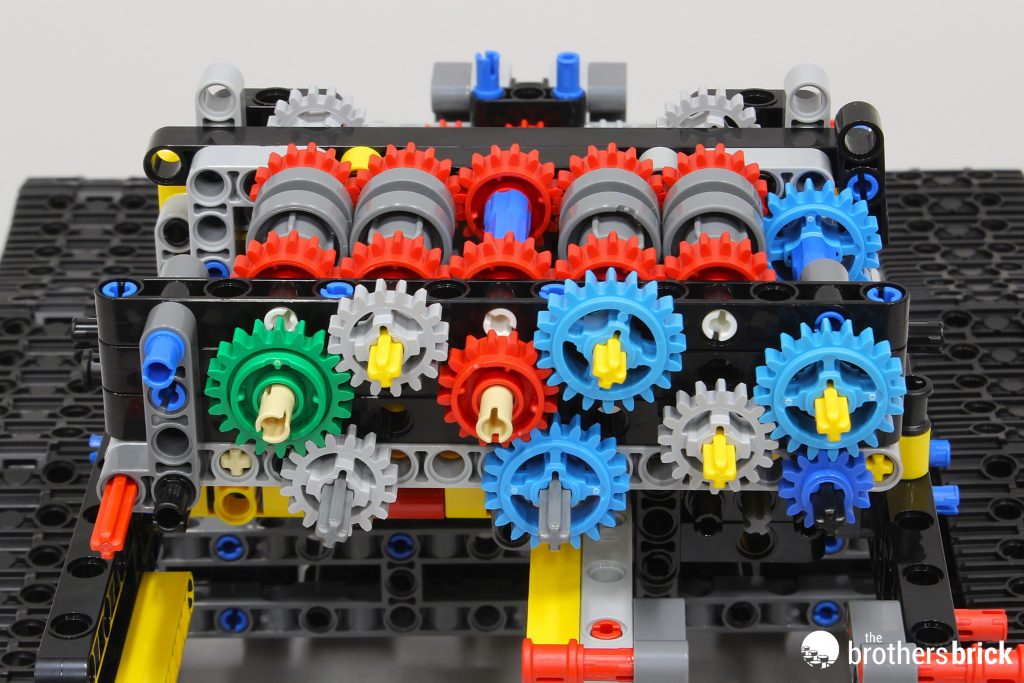
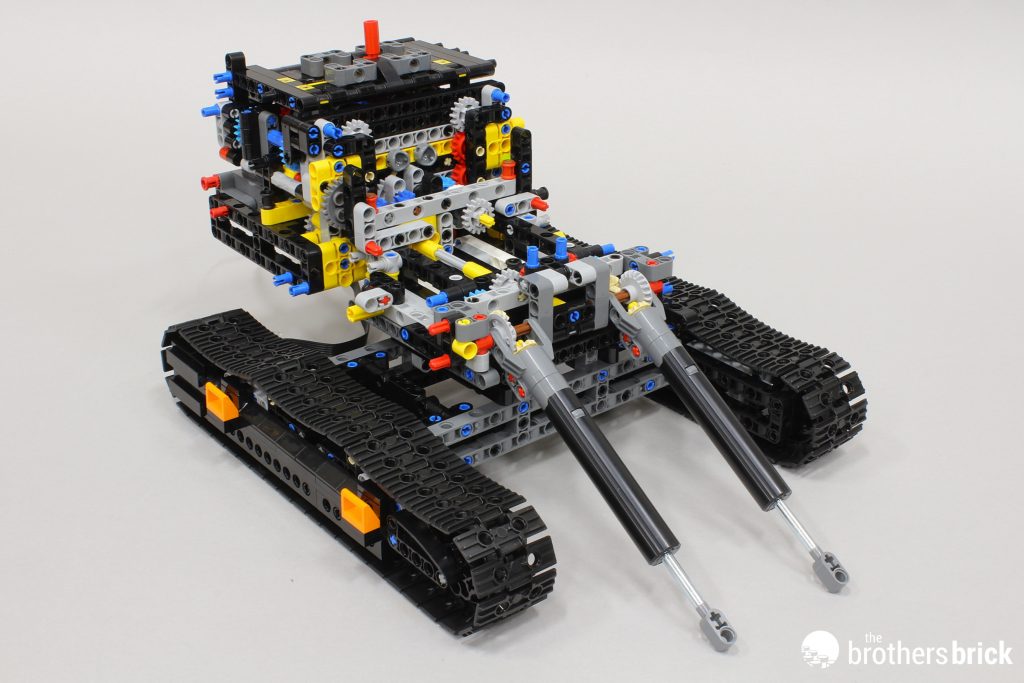
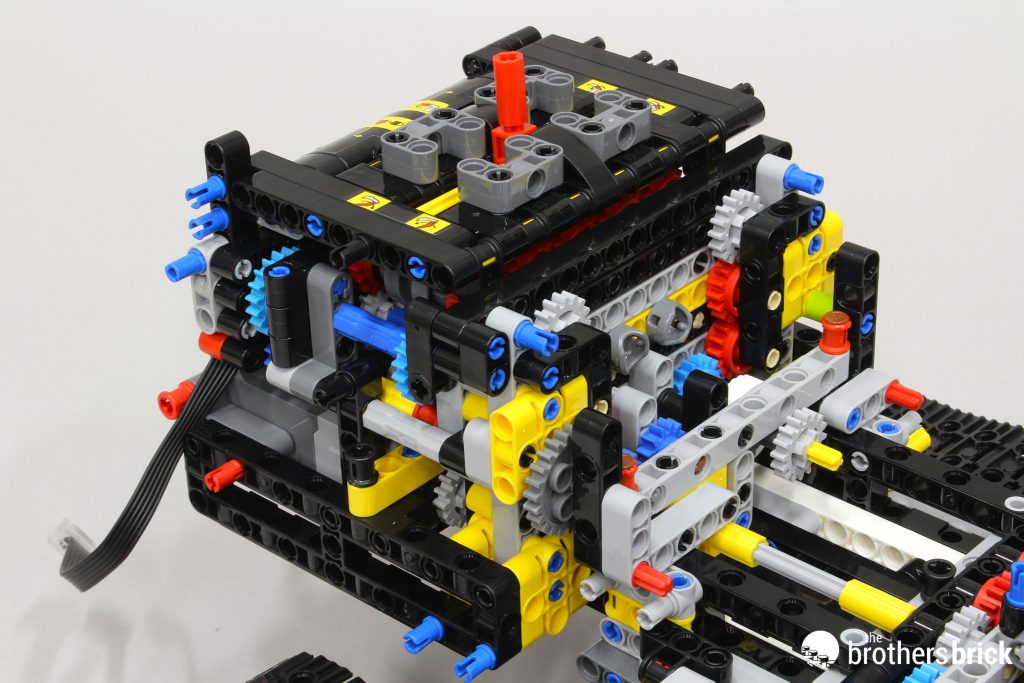
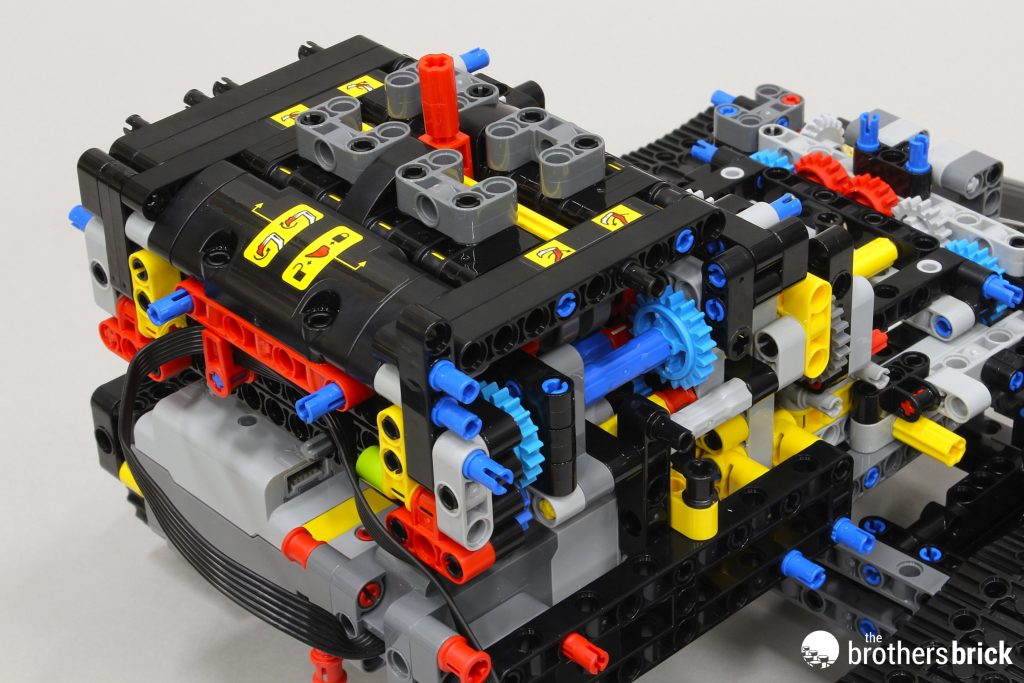
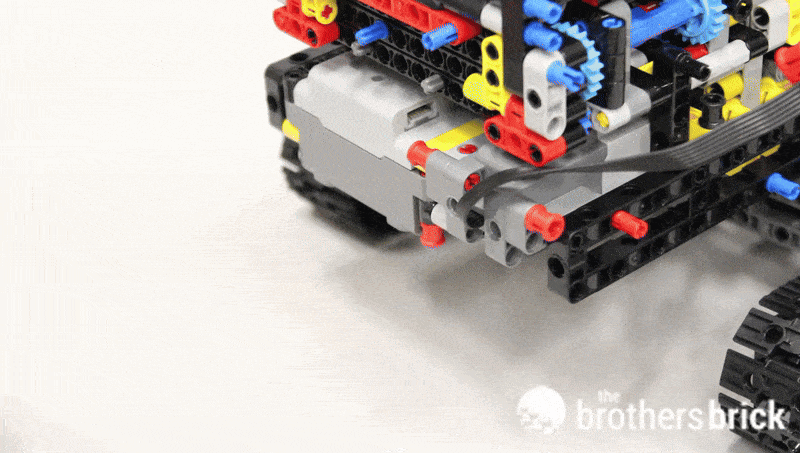
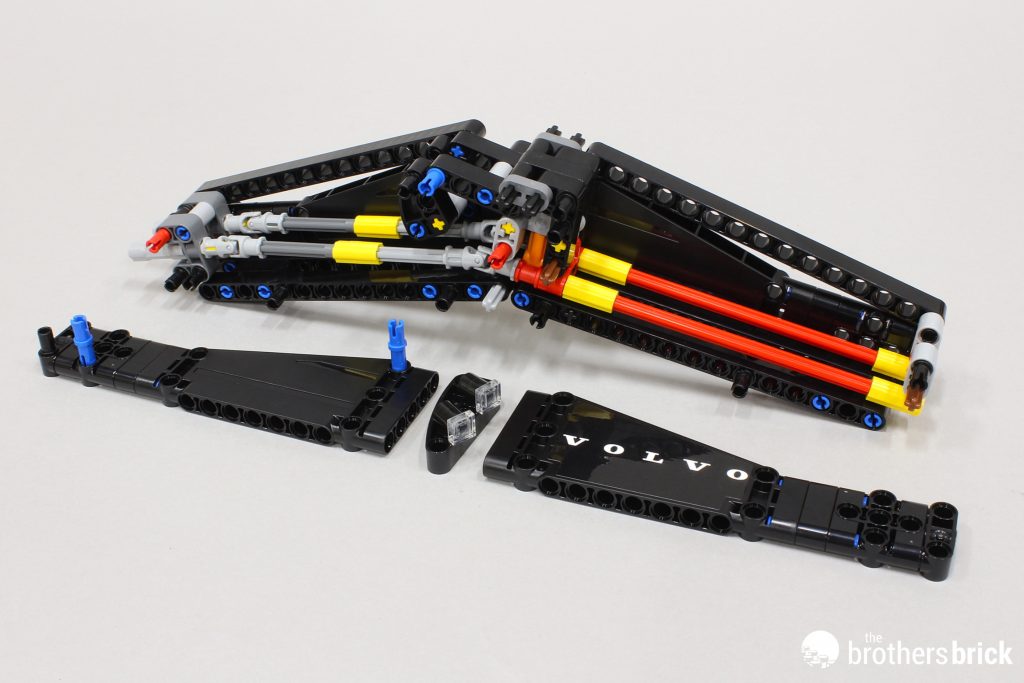
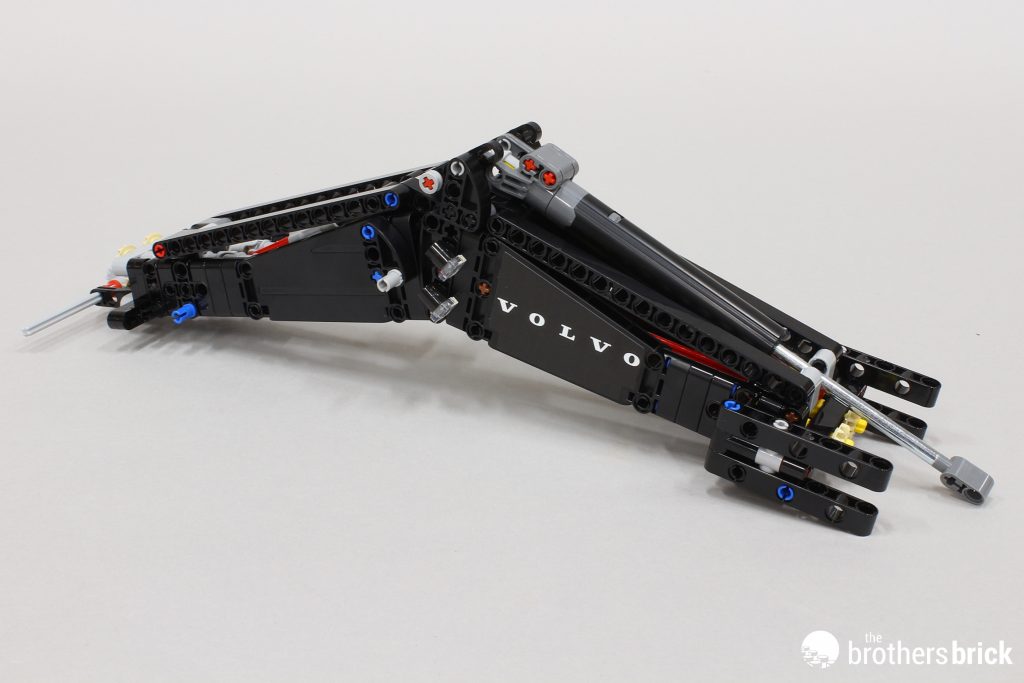
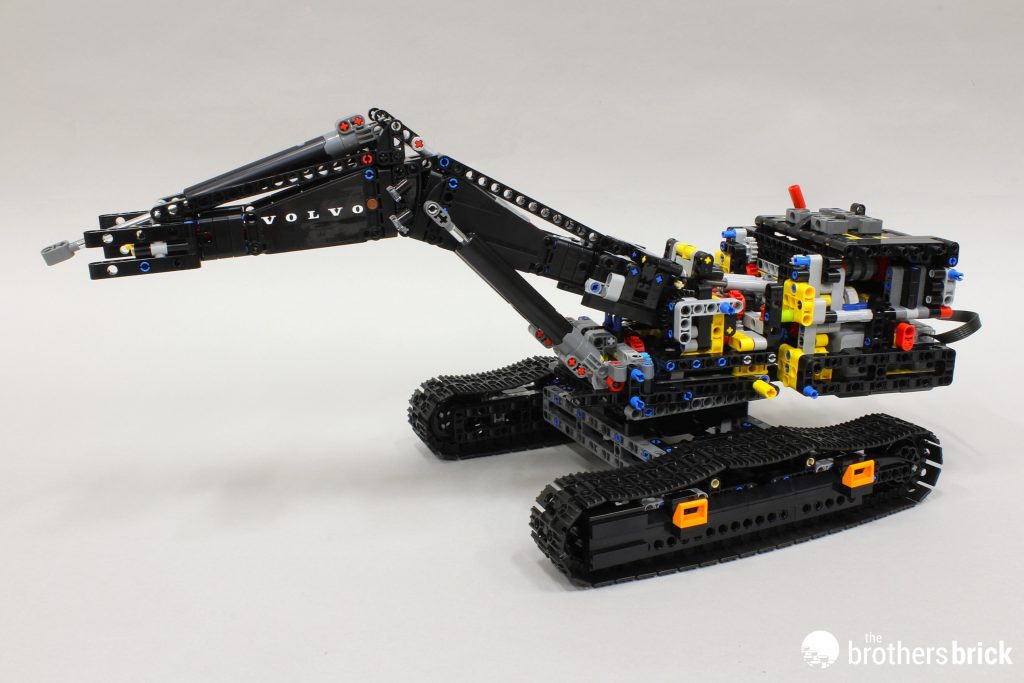
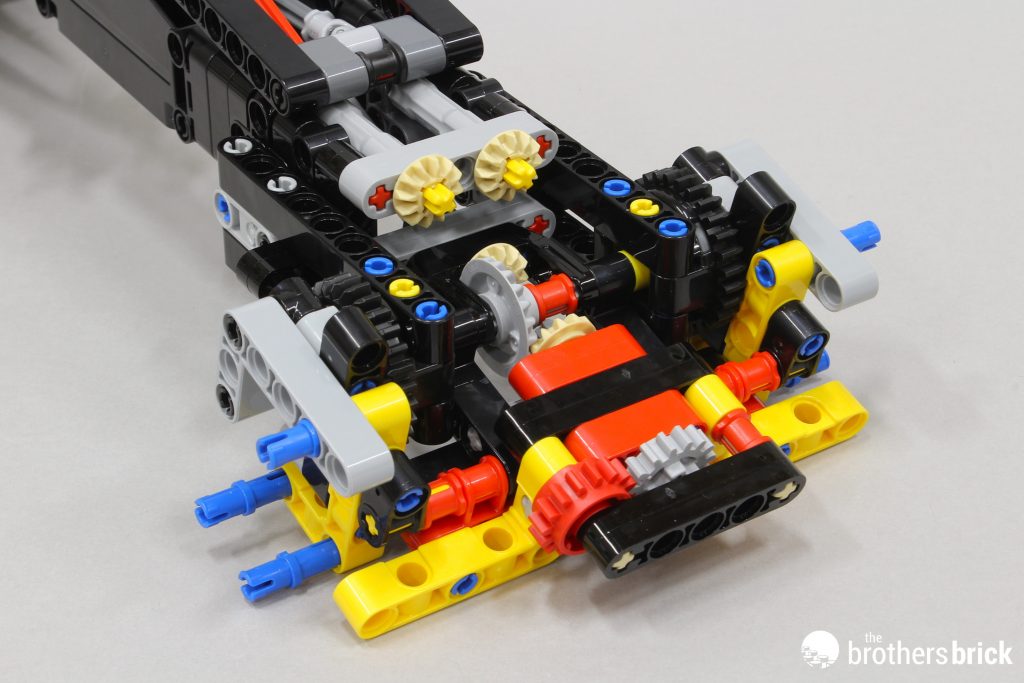
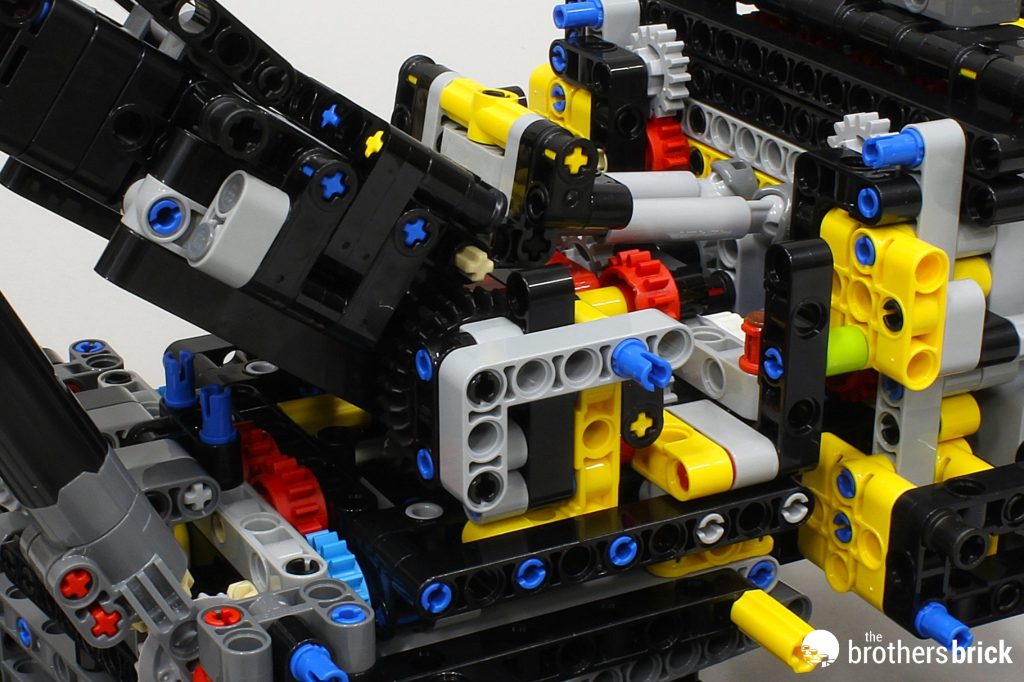
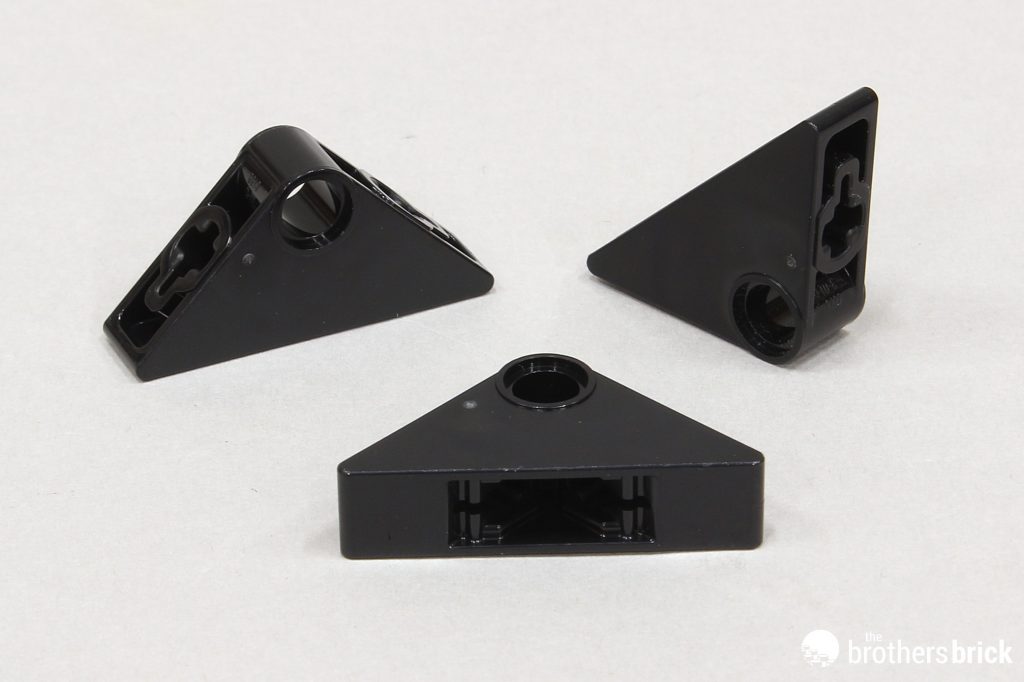
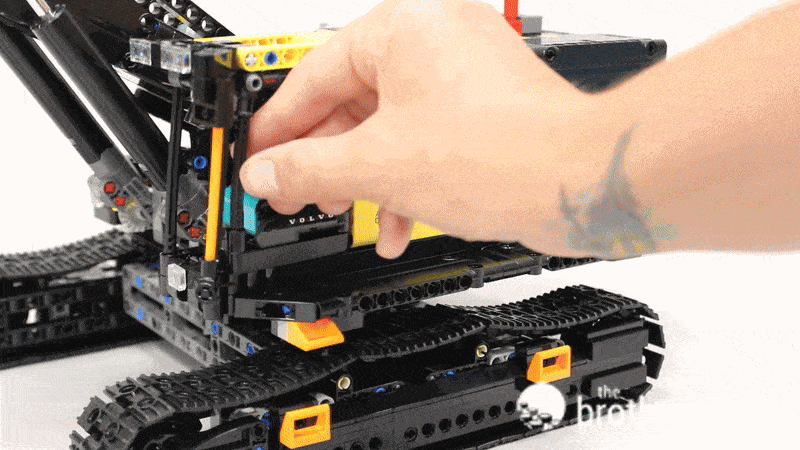
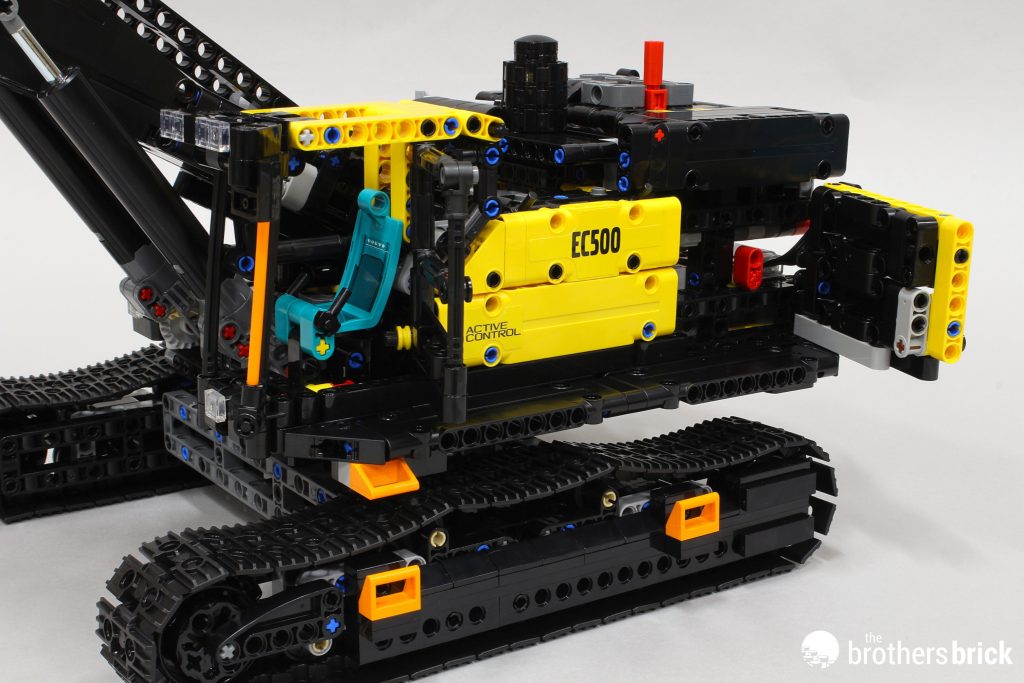
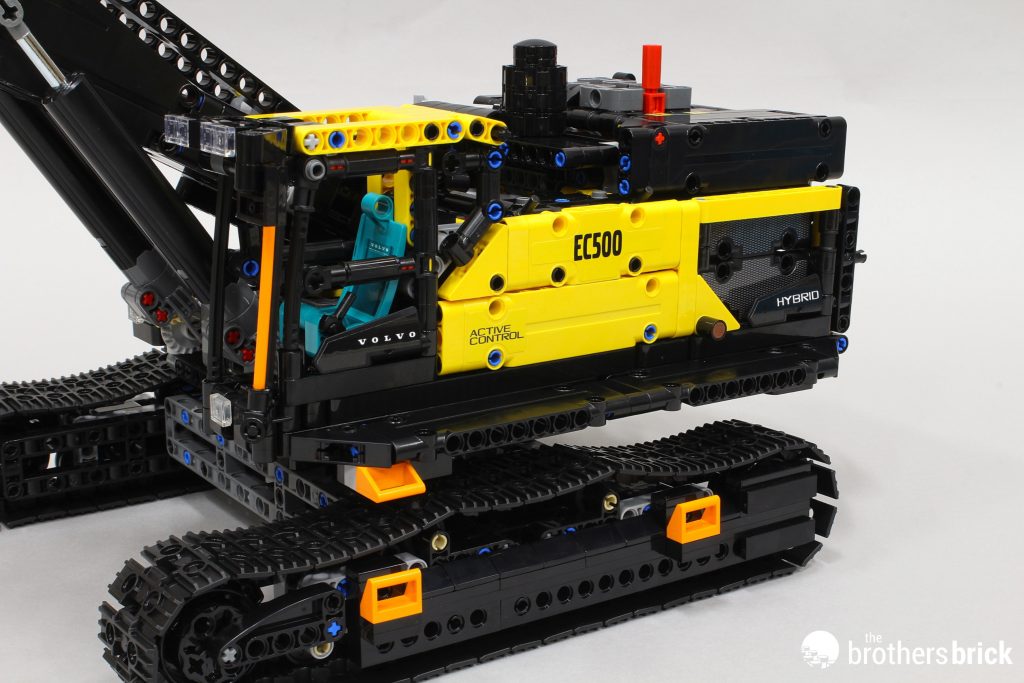
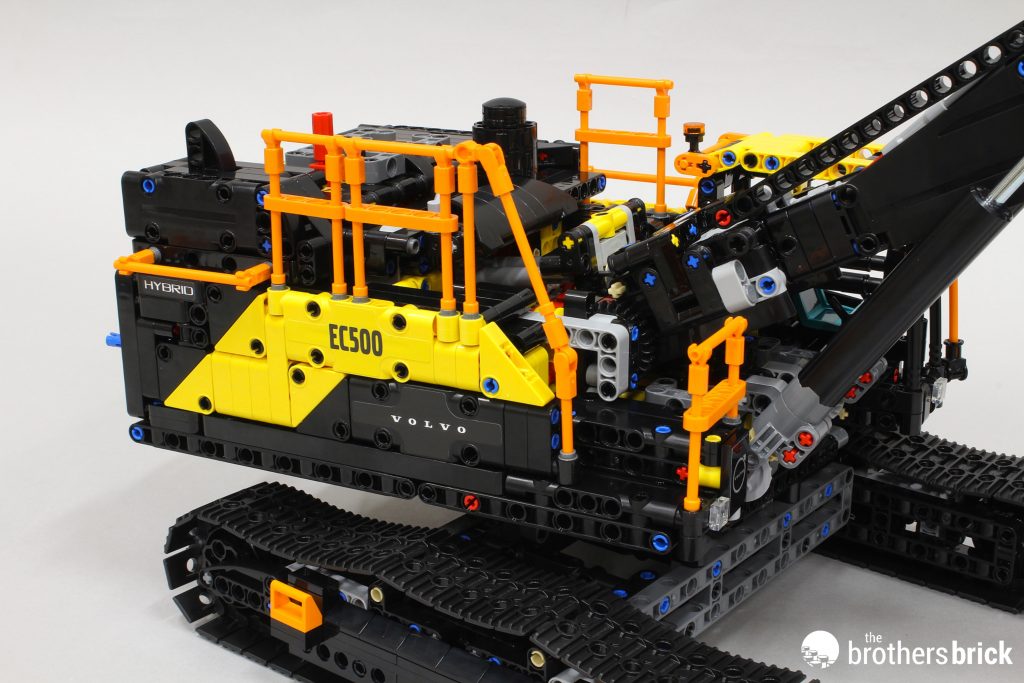

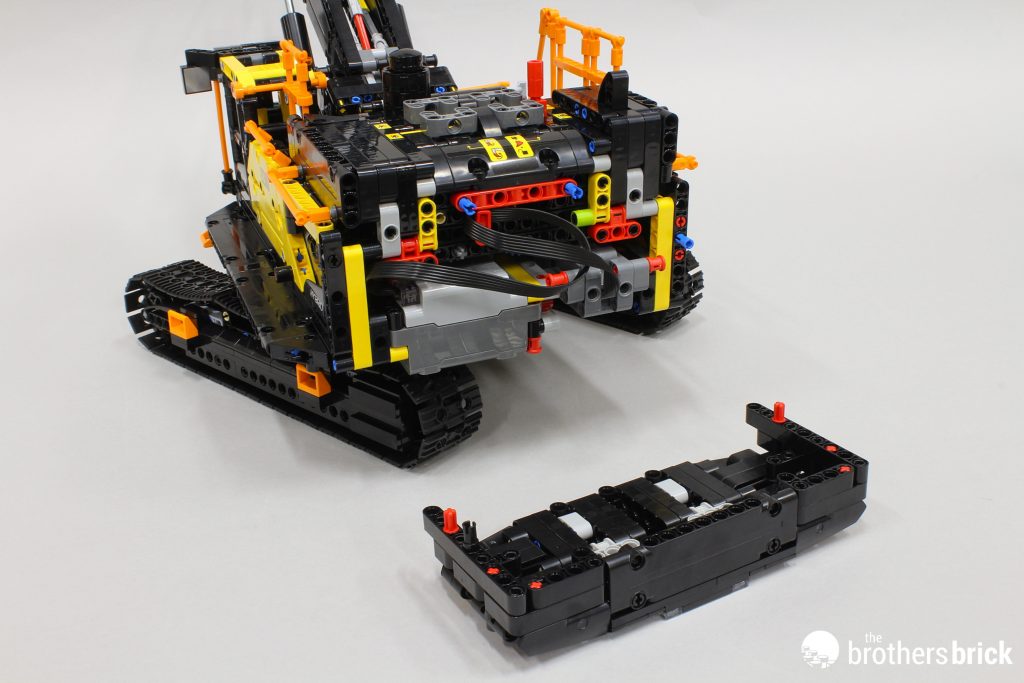
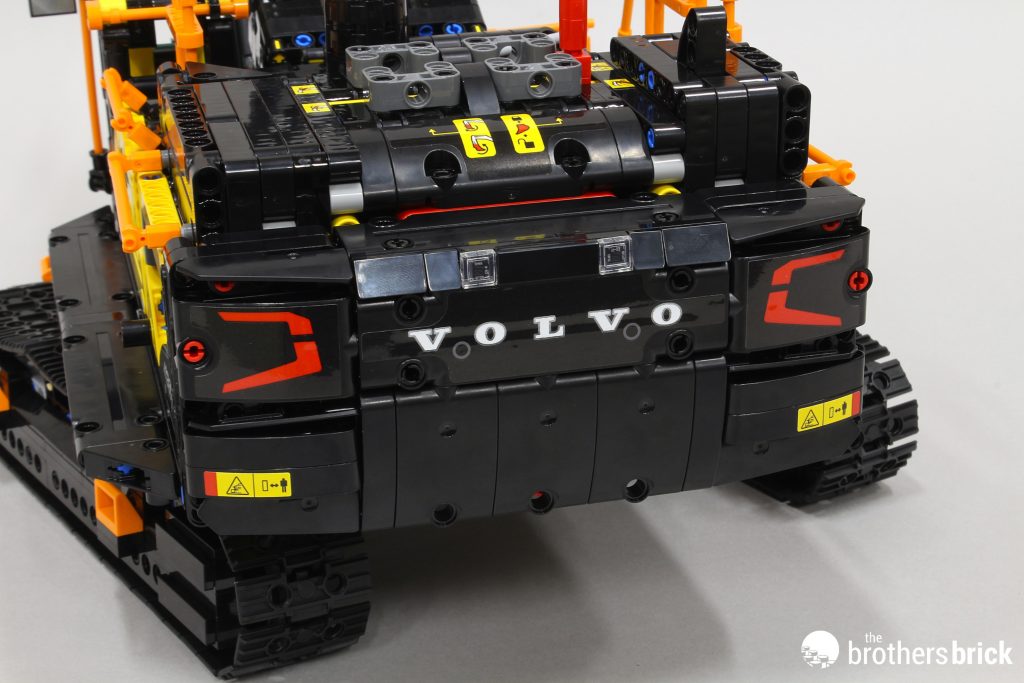
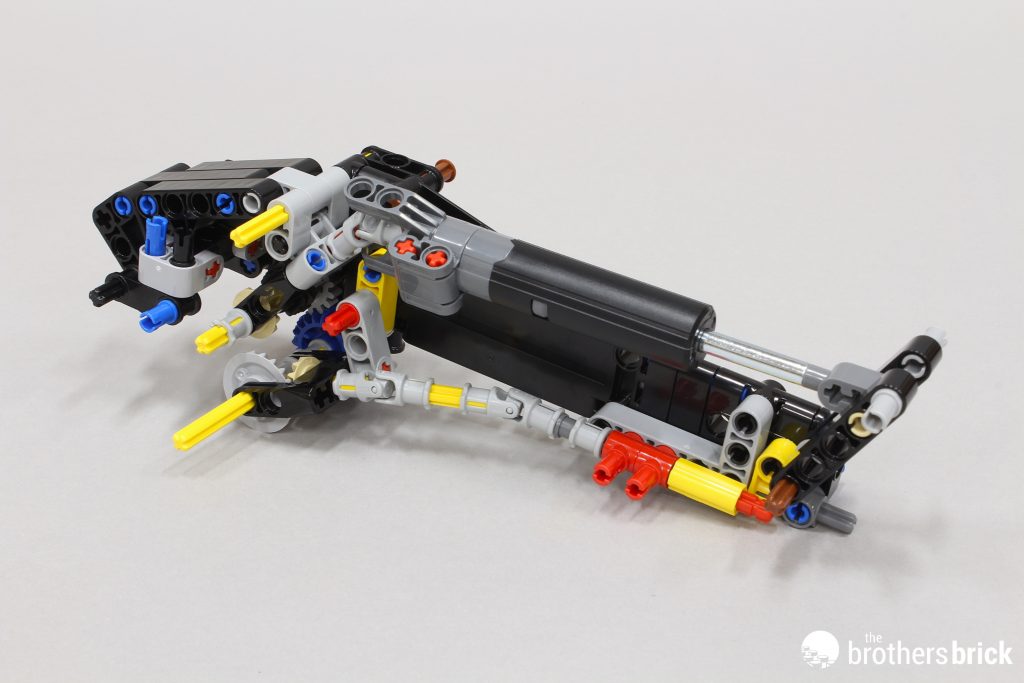
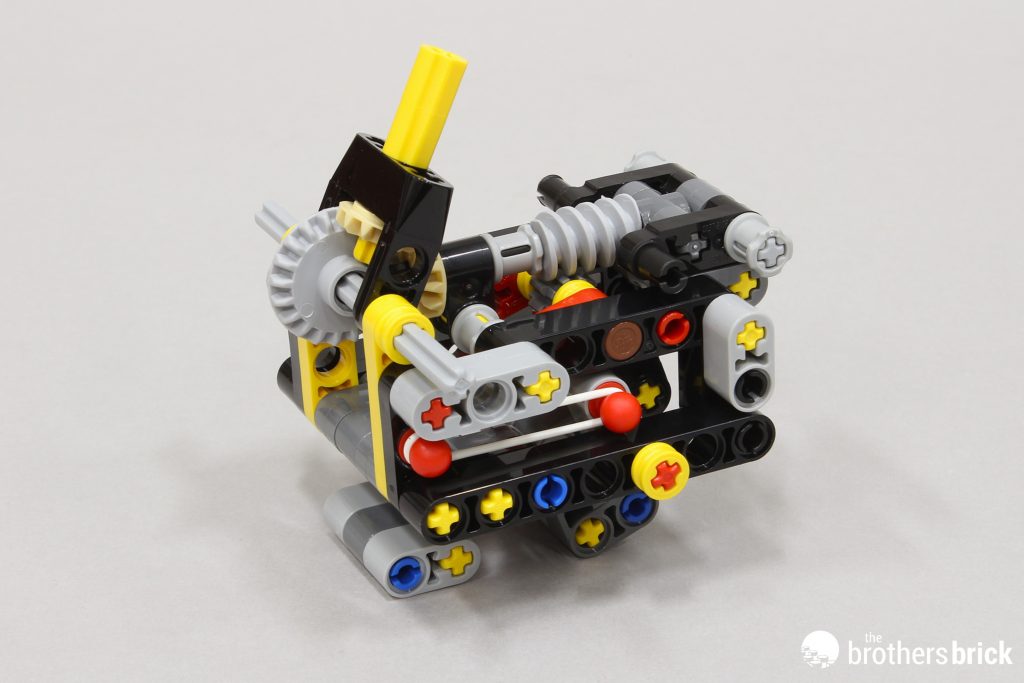
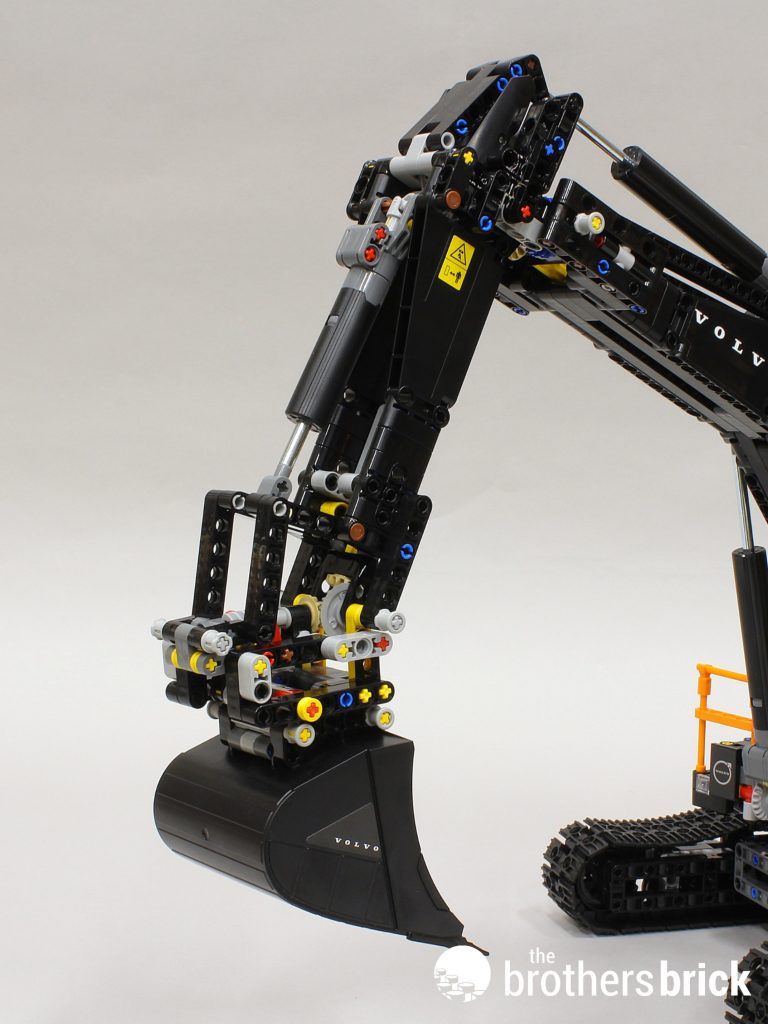
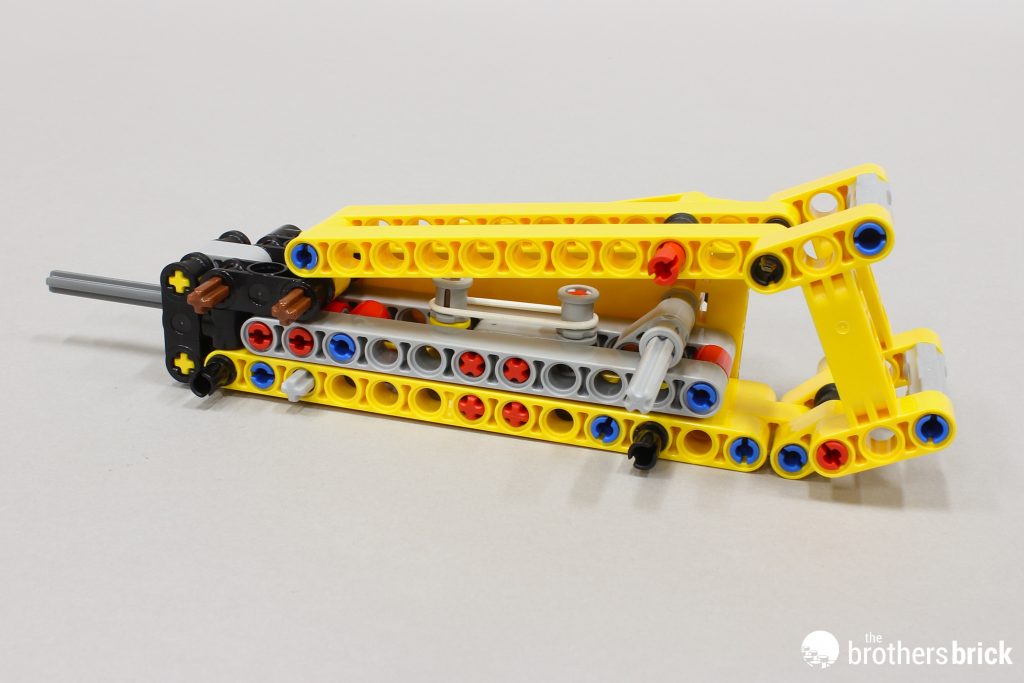

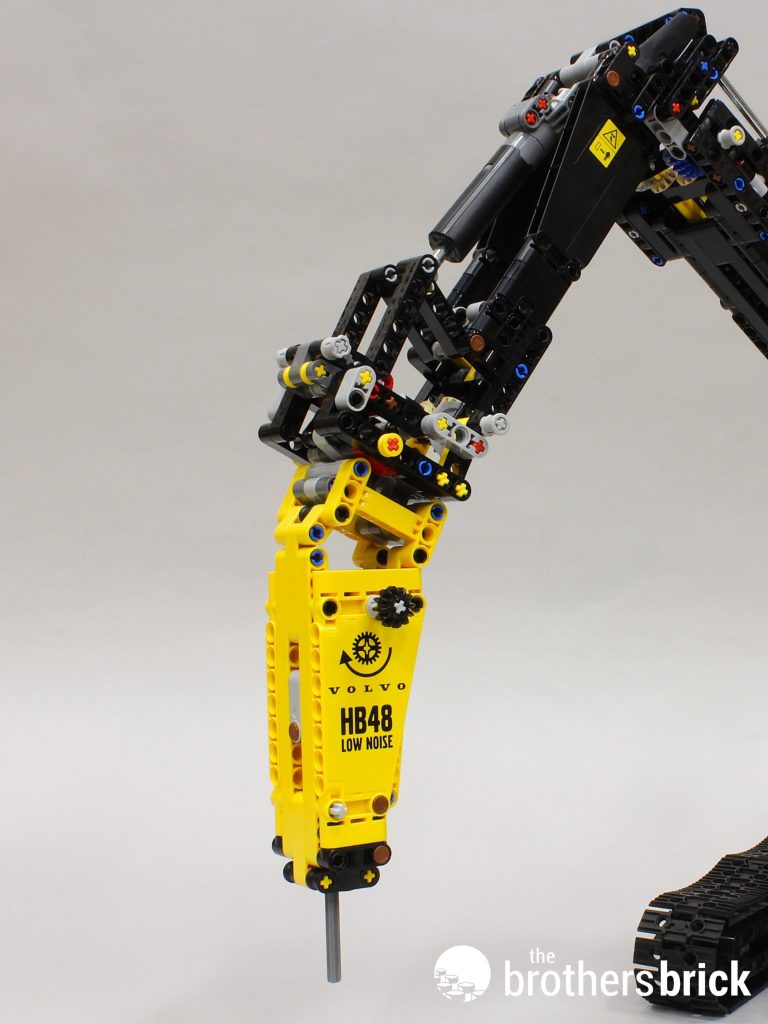
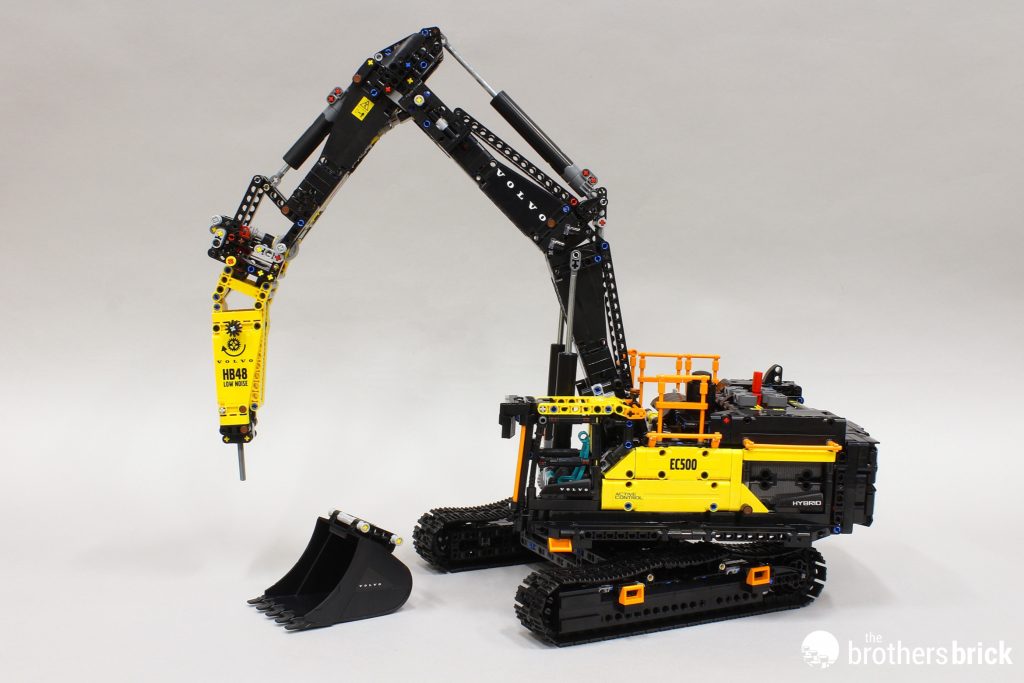
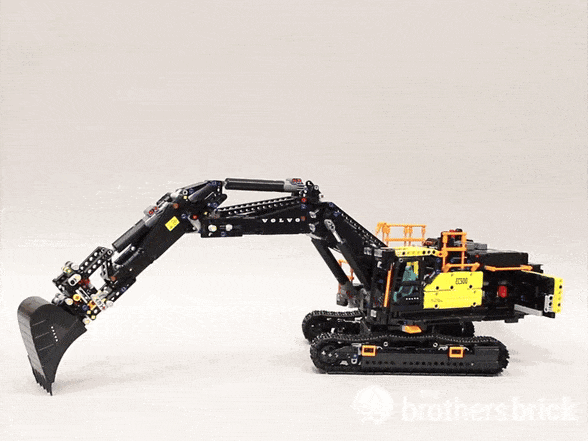
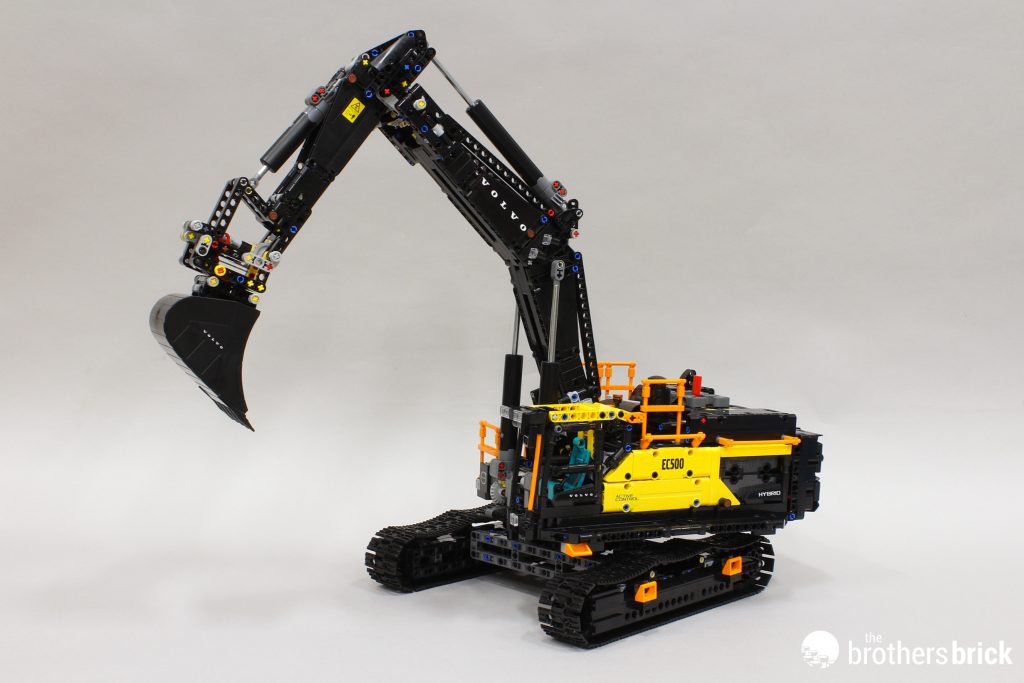
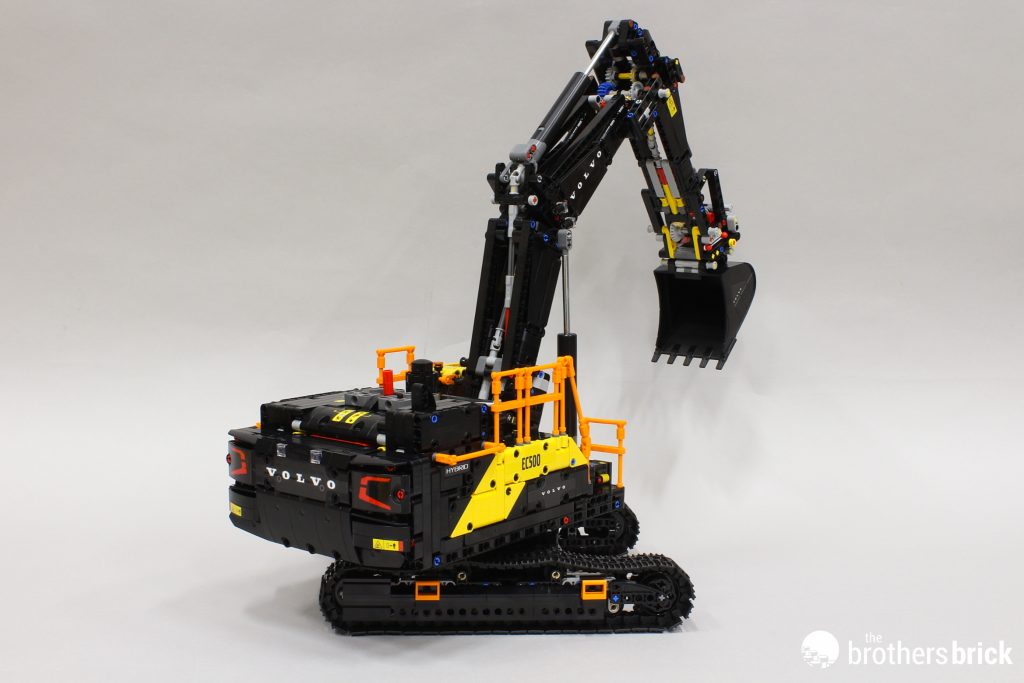
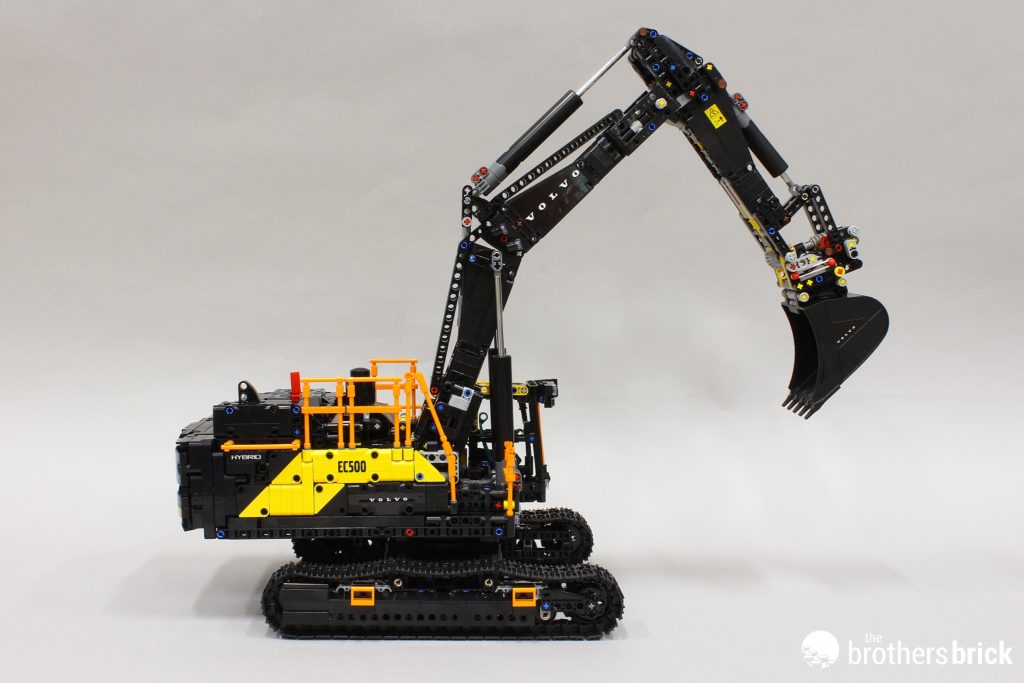


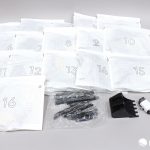



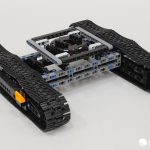

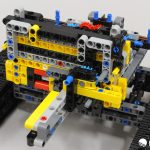
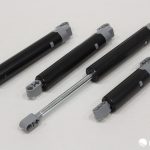
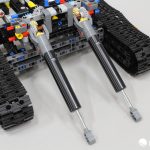
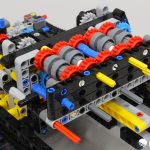





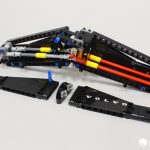
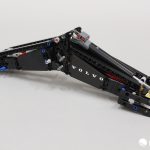
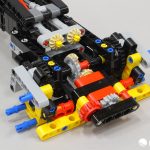



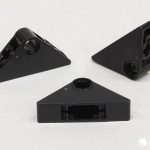

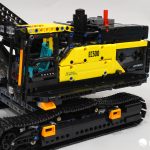





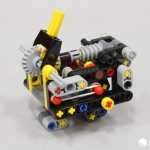


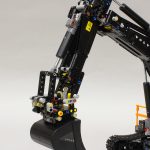
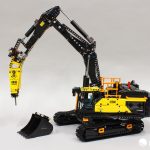


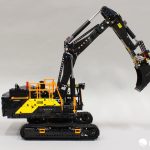



You mounted the bucket the wrong way. It should be pointed inwards
@Alex Wow, how on earth did I foul that up?! That’s what I get for taking photos at 2AM. The bucket is mountable from either direction, and I clearly wasn’t paying attention as I was taking it on and off. I’ll fix the pics as soon as I can. Thank you for pointing it out.
The pictures have been fixed. Thanks again @Alex!
Those treads (in Black) have been around for a while, I got some in a BL order. Very hard to get more as no one seems to note difference (sellers pointing it out).
Thanks for being an extremely good sport Bre. I would have suggested to send you my postal address me so I can fix it for you :p. Thoroughly enjoyable read nevertheless.